Product information
Reviews
Shipping & returns
Product information
GE 151X1207CK02SA04 Excitation System Module
In the excitation system, the demagnetization function and the crowbar function are the core protection mechanisms to ensure equipment safety. Through timing coordination and logical linkage, they respond quickly when the system fails to prevent overvoltage and overcurrent from damaging key components such as the generator and excitation windings. The following are the specific mechanisms for their collaborative operation:
1. Core Role of the Demagnetization Function
The core of the demagnetization function is to quickly eliminate the magnetic field energy in the excitation winding.
- During normal operation, the excitation winding generates a magnetic field through direct current to provide excitation current for the generator.
- When a serious fault occurs in the system (such as an internal short circuit in the generator or of the excitation voltage), if the excitation current persists, the magnetic field energy stored in the winding will be released instantaneously, generating an extremely high induced voltage (which may reach several times or even dozens of times the normal voltage), breaking down the insulation layer or burning out the equipment.
- The demagnetization function shorts the excitation winding or connects it to an energy-consuming component (such as a zinc oxide varistor) through a dedicated demagnetization circuit (such as a demagnetization switch, non-linear resistor, thyristor, etc.), forcing the release of energy and reducing the excitation current to zero within milliseconds to avoid damage from overvoltage.
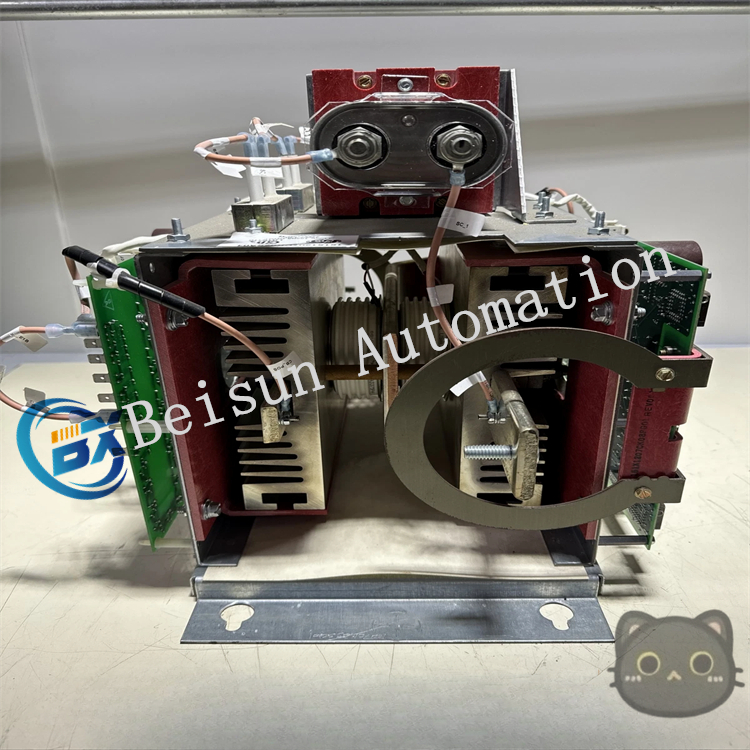
2. Core Role of the Crowbar Function
The core of the crowbar function is to “bypass and shunt” abnormally high voltage/current, similar to an “emergency safety valve” in a circuit.
- When overvoltage or overcurrent occurs in the excitation system (such as commutation failure or thyristor mis-conduction) but does not reach the level requiring complete demagnetization, the crowbar circuit quickly conducts, diverting and releasing the excessive energy through a dedicated branch (such as a high-power thyristor or resistor) to prevent the energy from impacting the main circuit.
- For example: In a converter excitation system, if the DC-side voltage suddenly rises, the crowbar thyristor conducts, shorting the DC side and consuming energy through a current-limiting resistor while triggering a protection signal to prevent damage to the converter module.
3. Collaborative Logic between Demagnetization and Crowbar Functions
Their collaboration is based on fault level judgment and timing coordination to ensure optimal protection strategies are adopted in different fault scenarios:
- Mild Fault: Only the Crowbar Operates
- When the detected voltage/current exceeds the threshold but does not endanger core components (such as short-term overcurrent or slight overvoltage), the crowbar circuit conducts first to quickly shunt the energy while sending a warning signal to the control system.
- If the fault is eliminated after the crowbar operates (such as the overvoltage dropping to a safe range), the system can resume normal operation without demagnetization; if the fault persists, the next level of protection is triggered.
- Severe Fault: The Crowbar Acts First, Followed by Demagnetization
- When the fault level is high (such as a generator short circuit or insulation breakdown in the excitation winding), the crowbar conducts instantaneously to briefly shunt part of the energy, buying time for the demagnetization circuit to operate (avoiding excessive voltage on the demagnetization switch when it disconnects).
- Almost simultaneously, the demagnetization circuit activates: the demagnetization switch disconnects the main excitation circuit, connects the winding to the demagnetization resistor, forces the release of the remaining magnetic field energy, and completely cuts off the excitation to prevent the fault from spreading.
- Logical Linkage Mechanism
- Both share a single fault detection system (such as voltage sensors, current transformers, fast fuses) and determine the fault type and level through a main control unit (such as a PLC or dedicated protection chip).
- Trigger signal priority: The demagnetization function usually has the highest priority. Once triggered, the crowbar function coordinates synchronously (such as shorting and shunting first, then completely demagnetizing); when the crowbar operates, if the fault is not alleviated, it automatically escalates to demagnetization.
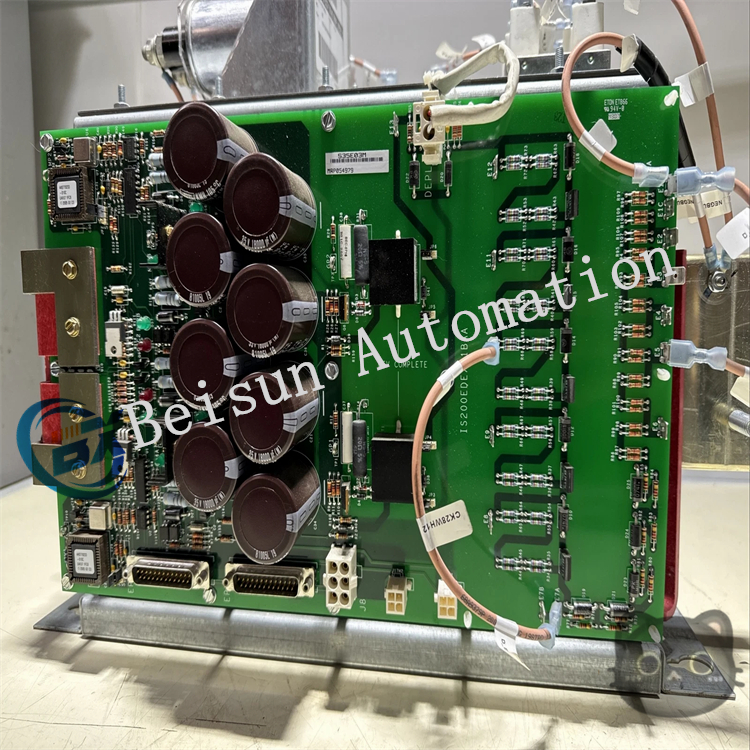
4. Typical Application Scenario (Taking a Generator Excitation System as an Example)
When a stator winding short circuit occurs in a generator:
- At the moment of the short circuit, the excitation winding induces an extremely high back electromotive force, causing the current to surge.
- The crowbar circuit detects the overcurrent first and conducts within 1-2 milliseconds, releasing part of the energy through a shunt resistor to reduce the pressure on the main circuit.
- Simultaneously, the main control unit determines it is a severe fault and immediately triggers the demagnetization switch to connect the excitation winding to the demagnetization resistor, forcing the release of the remaining energy and quickly reducing the excitation current to zero.
- After the fault is eliminated, the system first disconnects the crowbar circuit and then restarts the excitation through a reset procedure (if it is undamaged).
Summary
- The crowbar is the “first line of defense”: It quickly shunts energy to alleviate emergencies, leaving room for system judgment.
- Demagnetization is the “ultimate line of defense”: It completely eliminates energy to address critical faults.
- Through “hierarchical response + timing coordination,” they avoid unnecessary shutdowns for minor faults and ensure equipment safety during severe faults, serving as the core guarantee for the reliability of the excitation system.
Reviews
Be the first to review “GE 151X1207CK02SA04 Excitation System Module” Cancel reply
Shipping & returns
Free and fast shipping
Cras condimentum sapien eu congue tincidunt. Ut lobortis augue non justo interdum, ut vehicula massa vehicula. Aenean ut lectus augue.
Easy returns
Aliquam dapibus placerat dui, ac ullamcorper odio dapibus eget. Sed aliquam leo pellentesque est blandit, sit amet posuere dui maximus.
Order tracking
Nullam lacinia iaculis erat ut fermentum. Praesent volutpat sagittis dictum. Mauris quis egestas dui, eu iaculis turpis.
24/7 customer support
Congue tincidunt. Ut lobortis augue non justo interdum, ut vehicula massa vehicula. Aenean ut lectus augue.


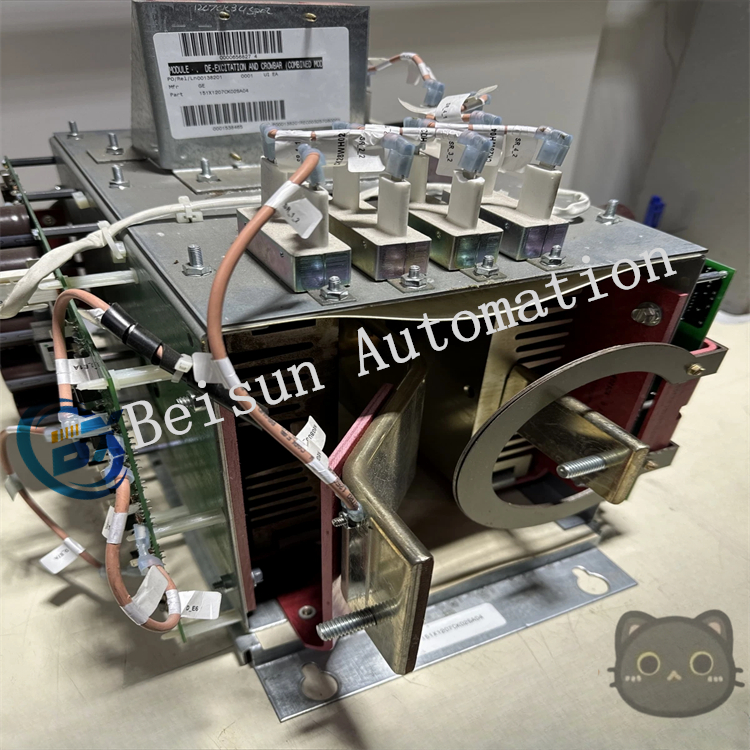
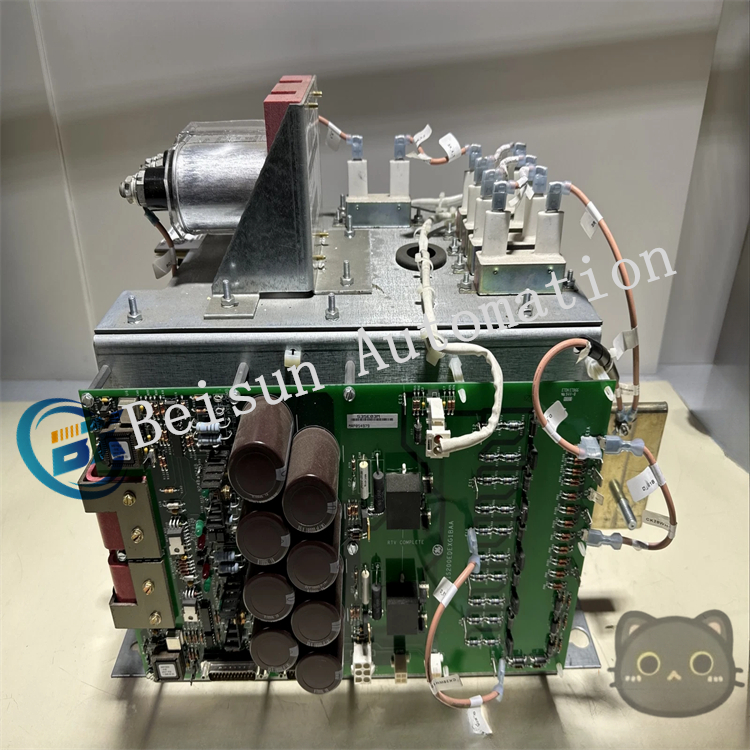
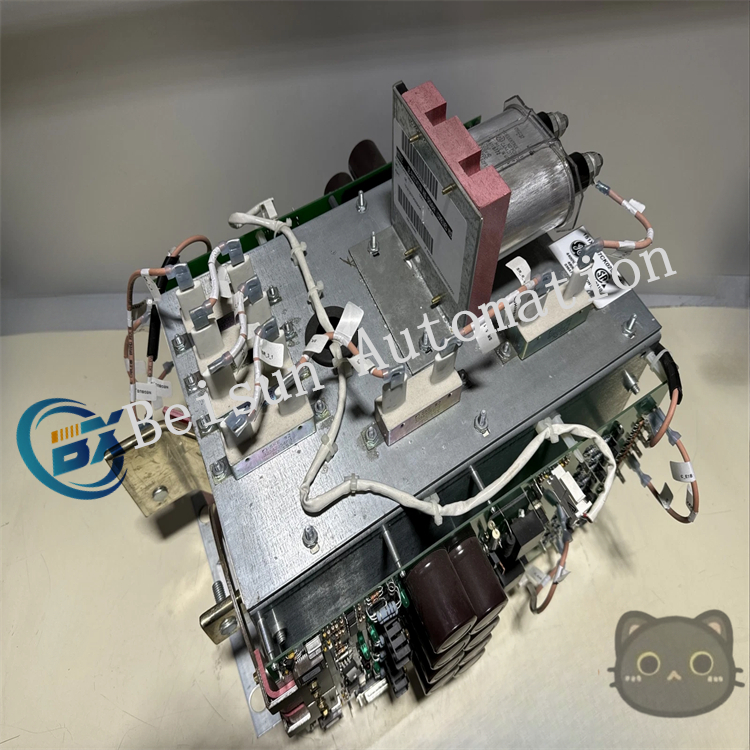
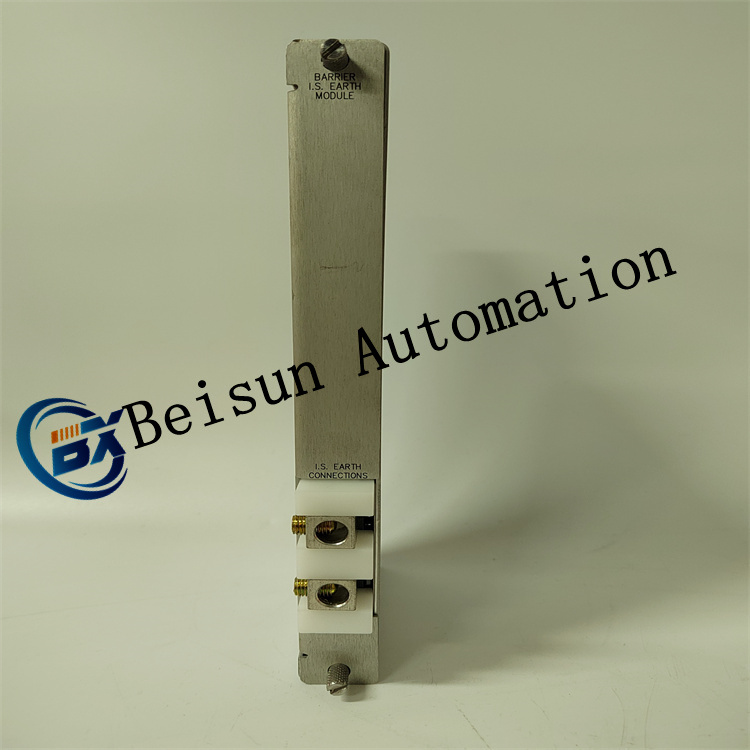
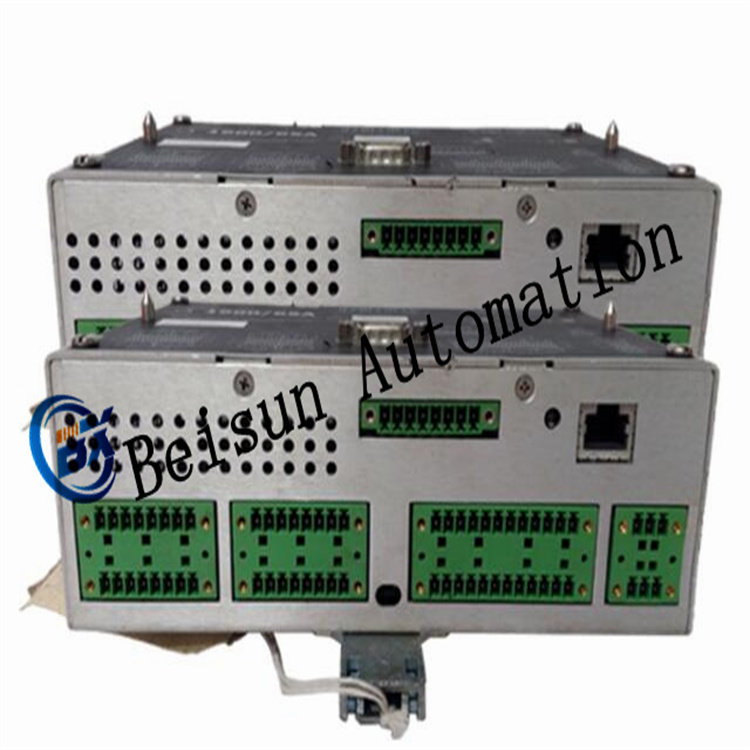
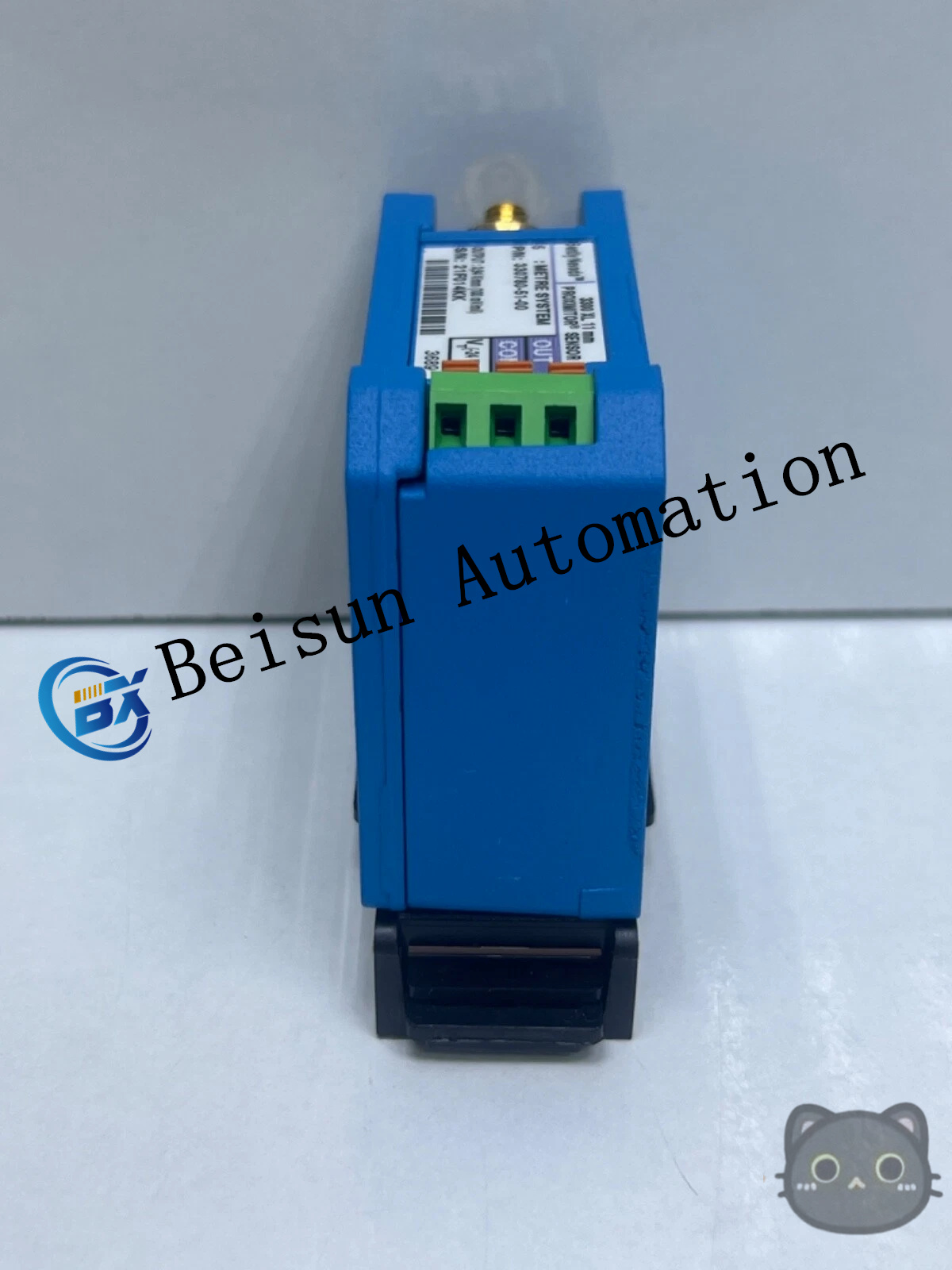
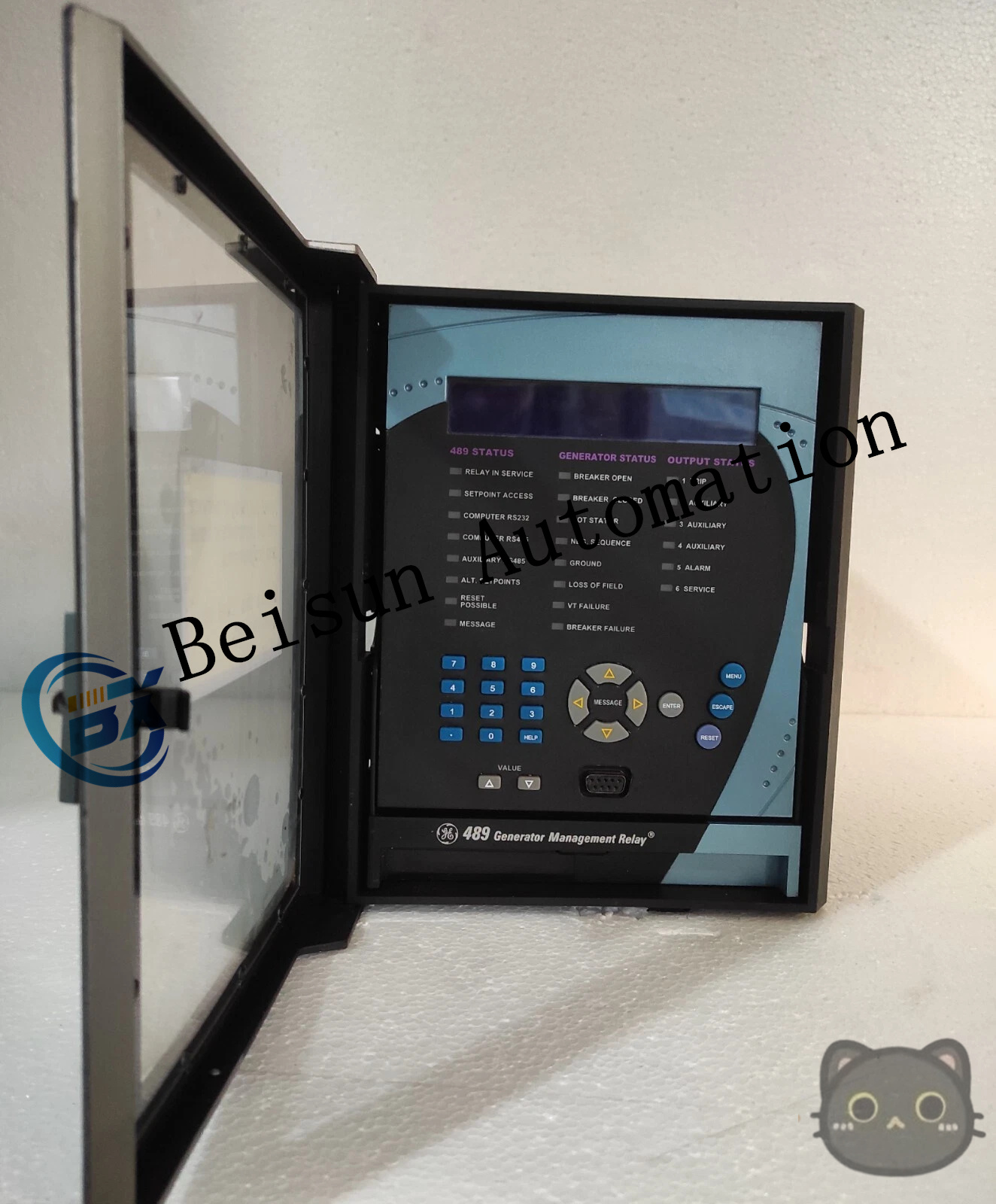
Reviews
There are no reviews yet.